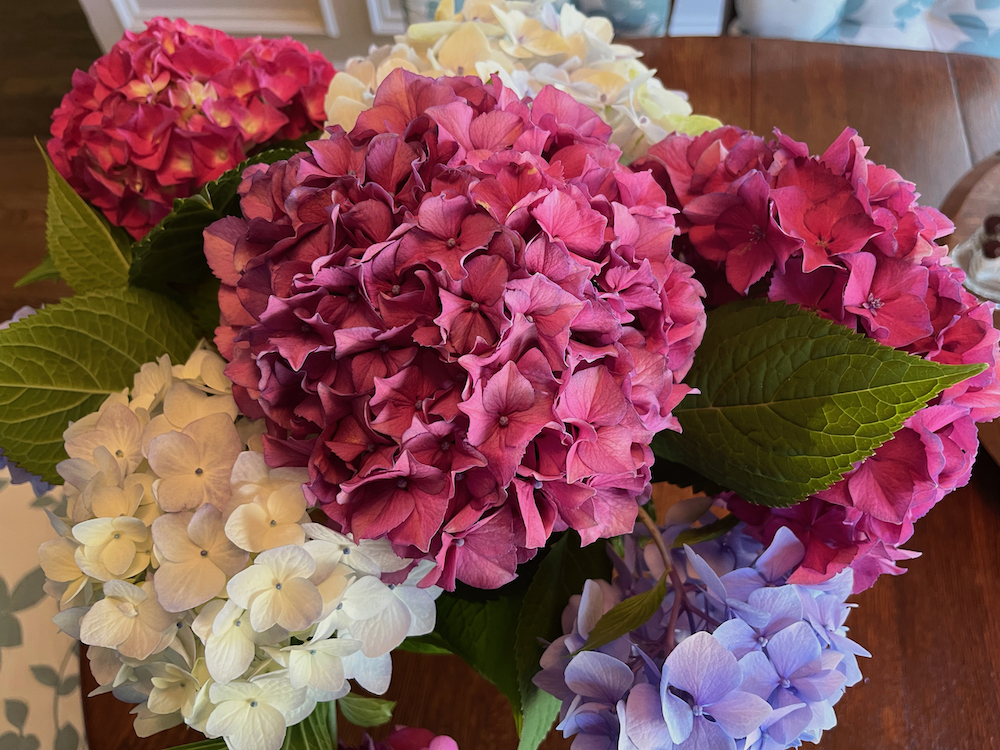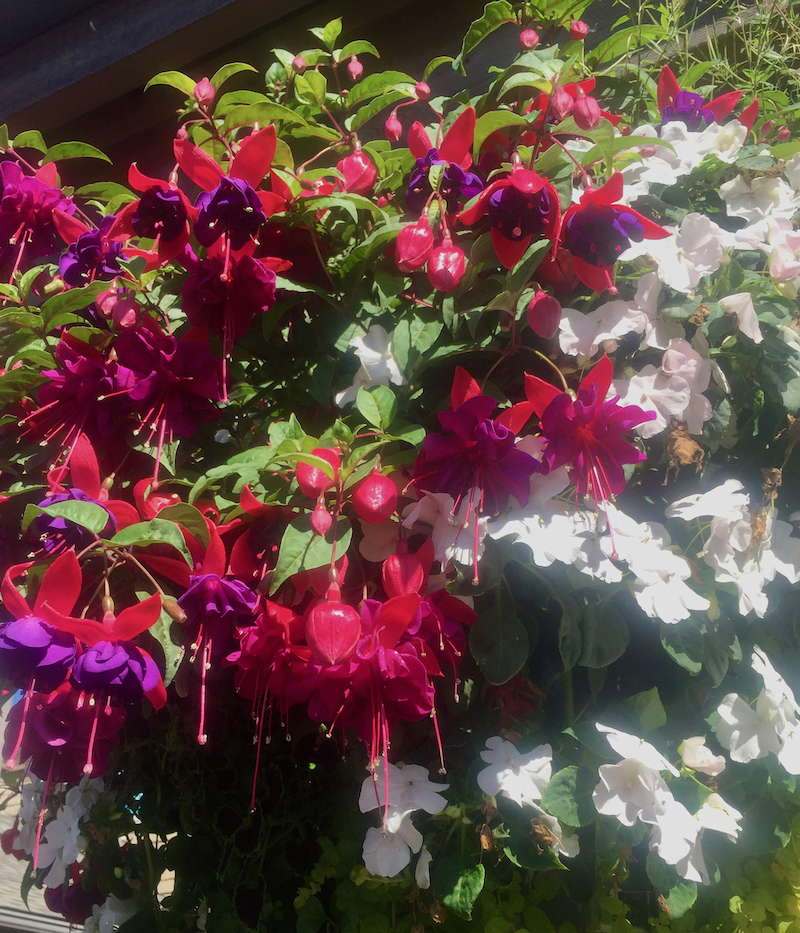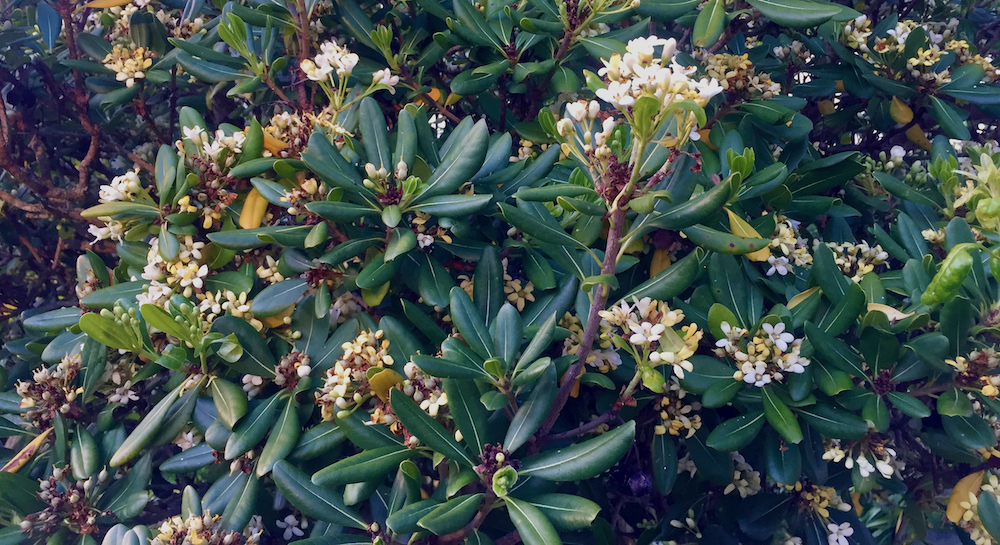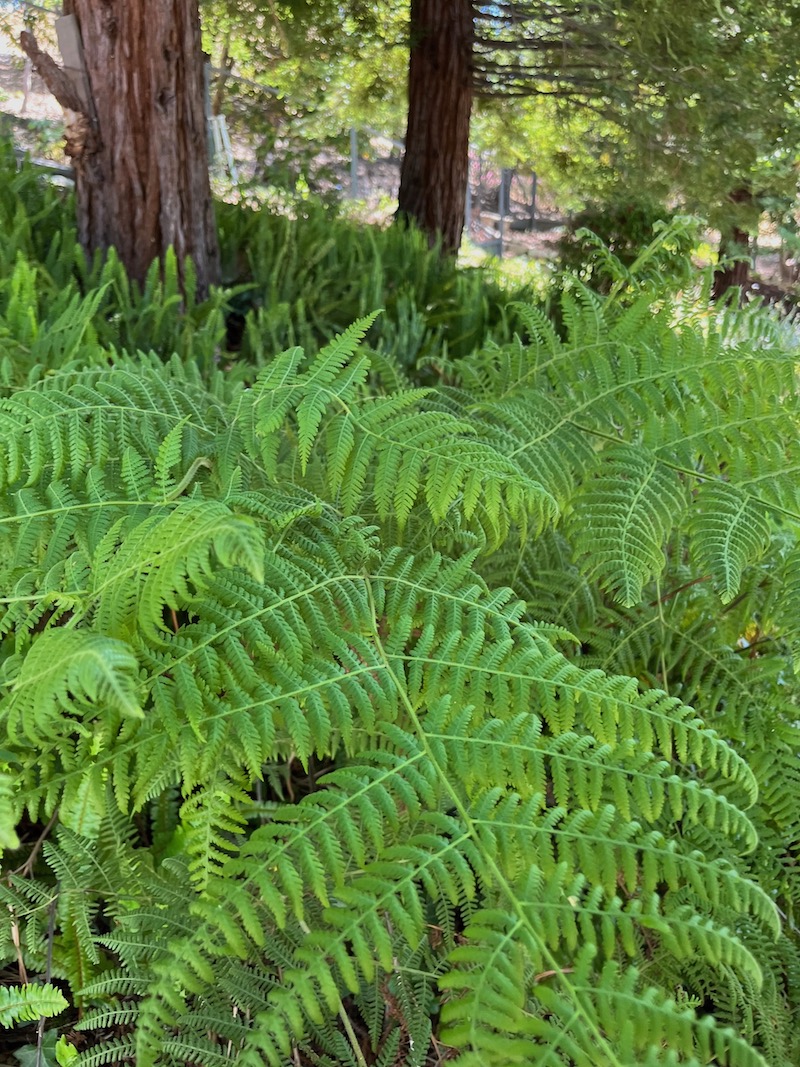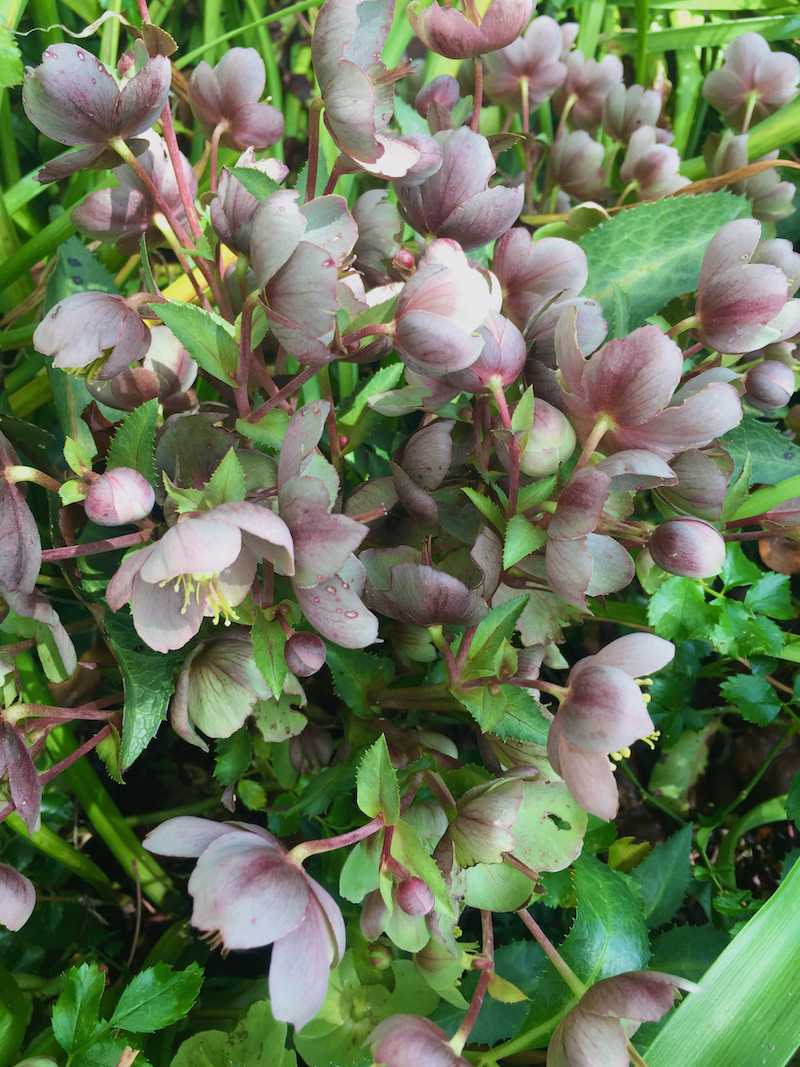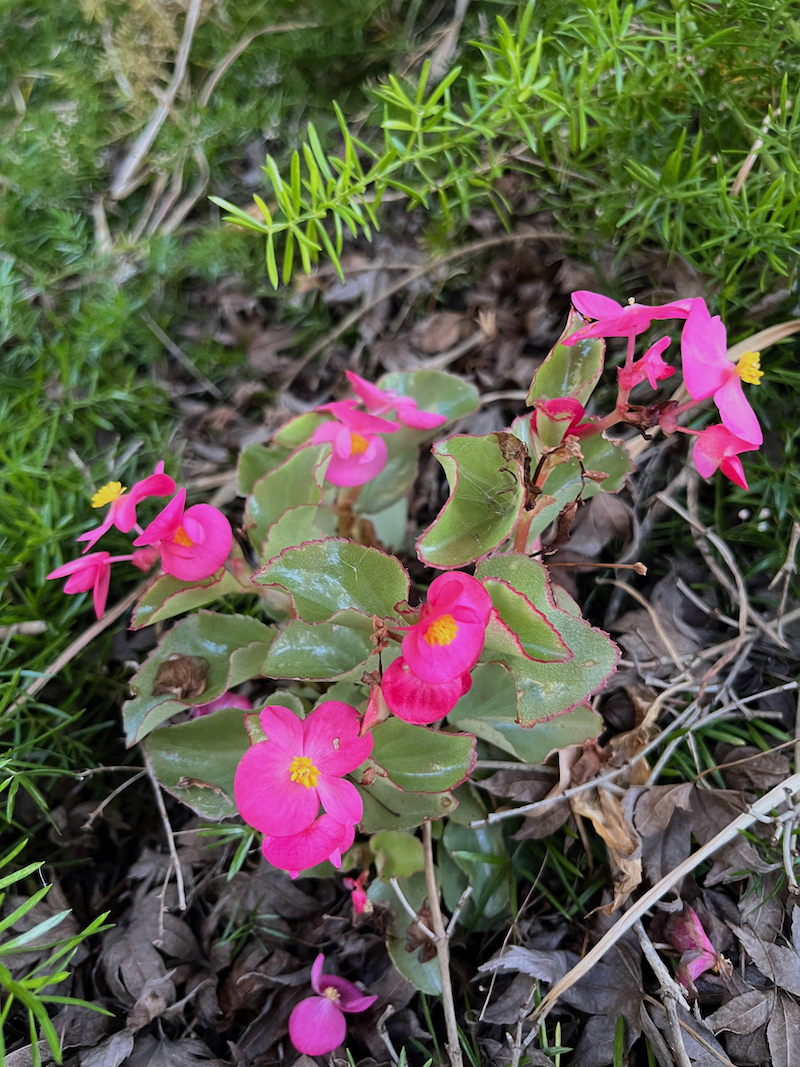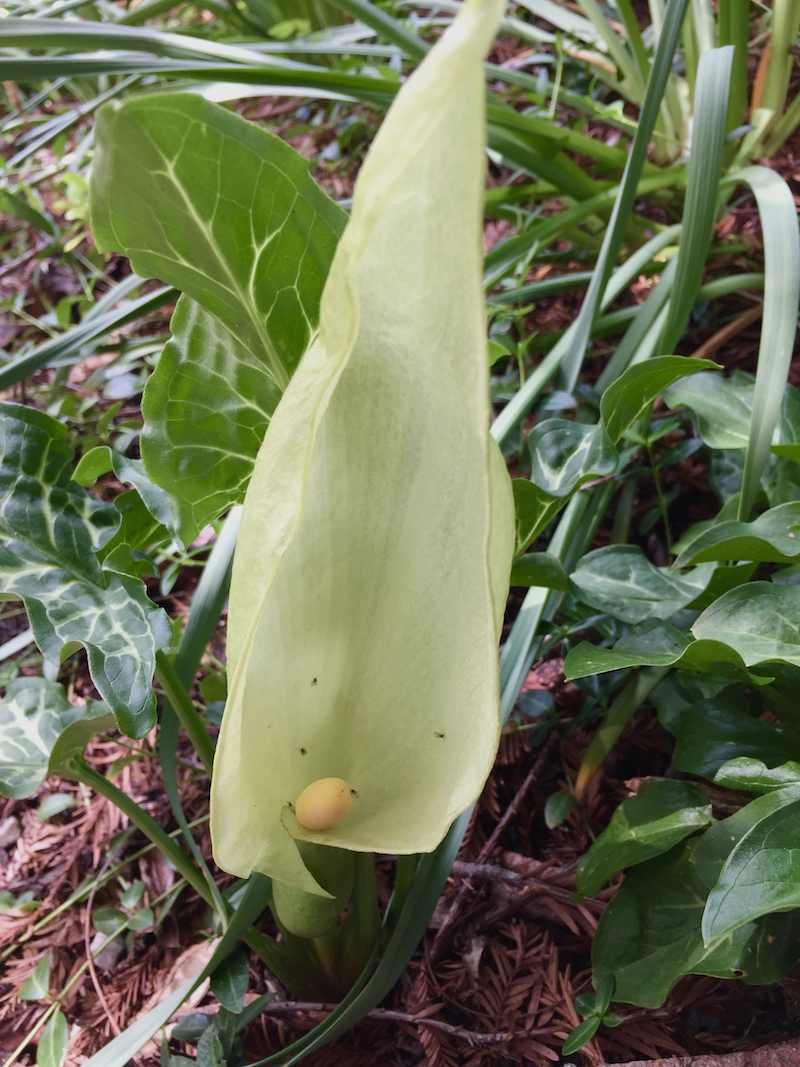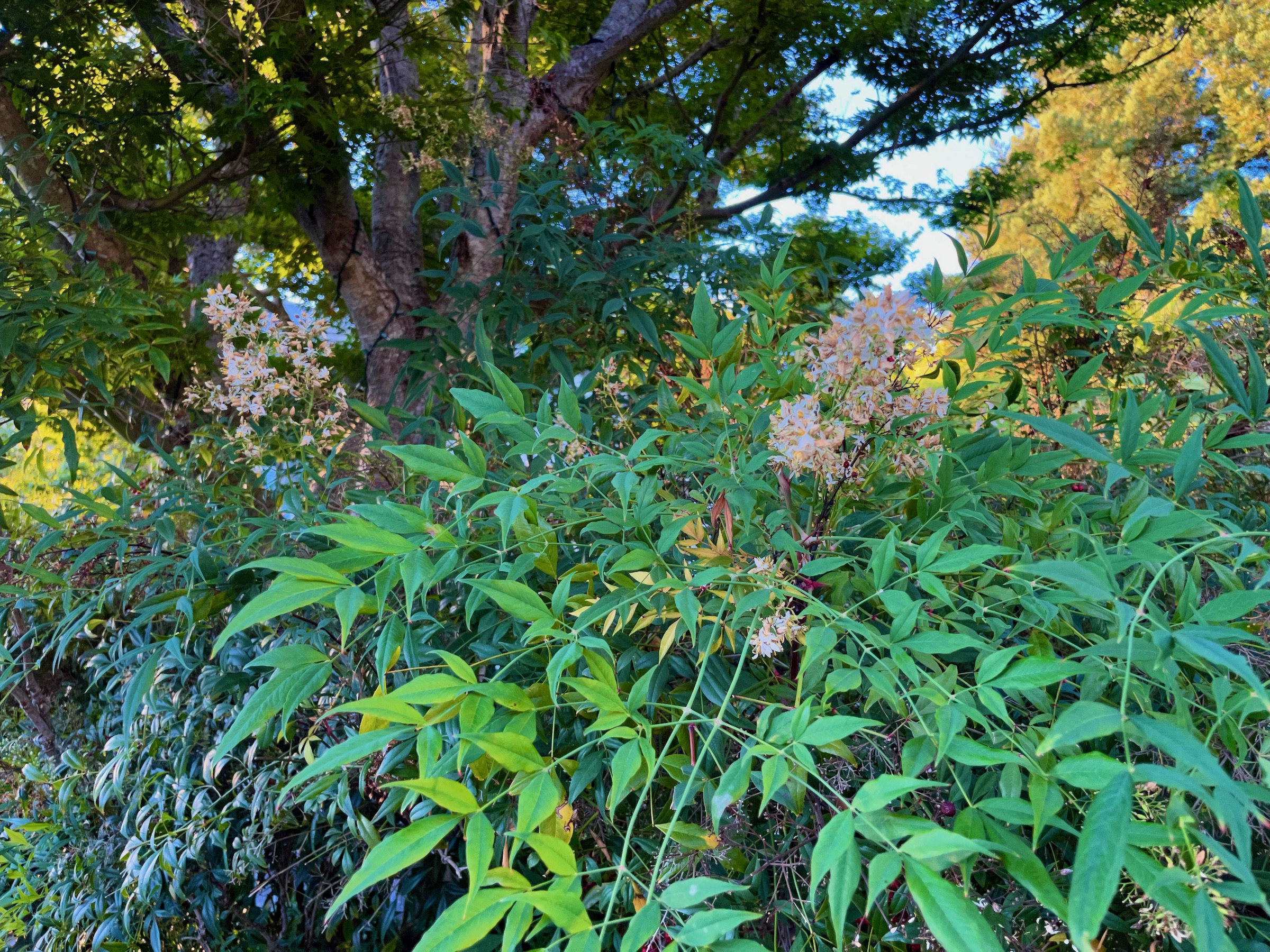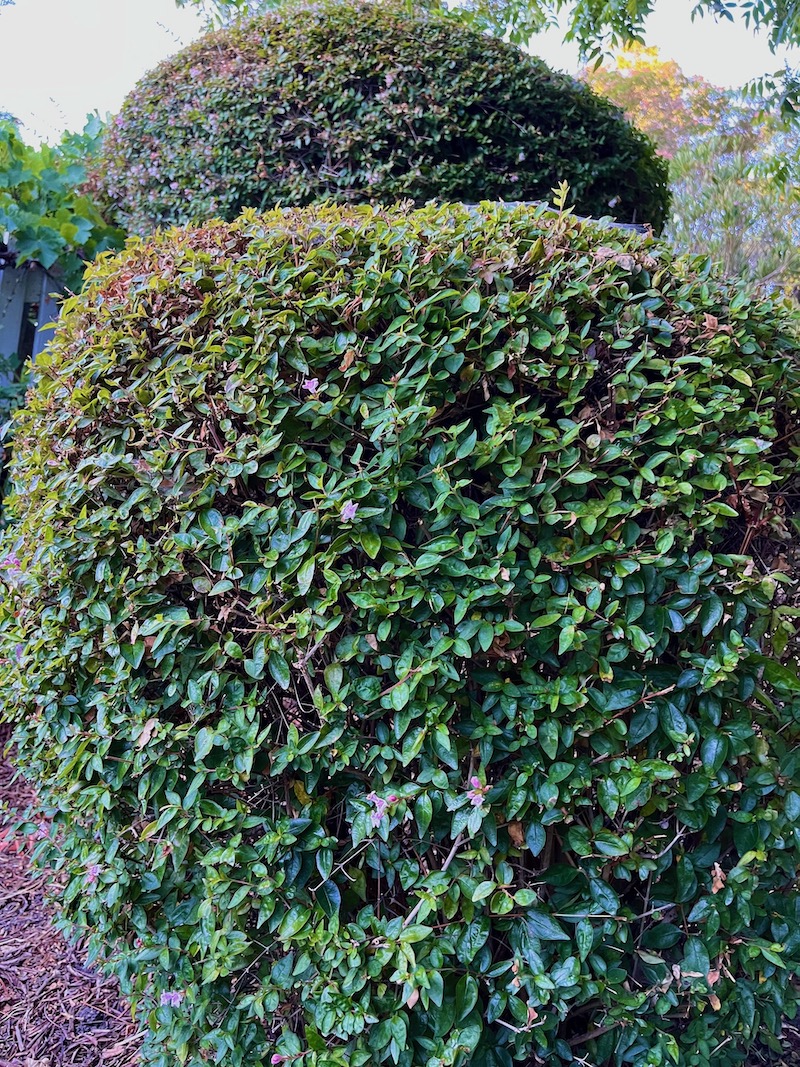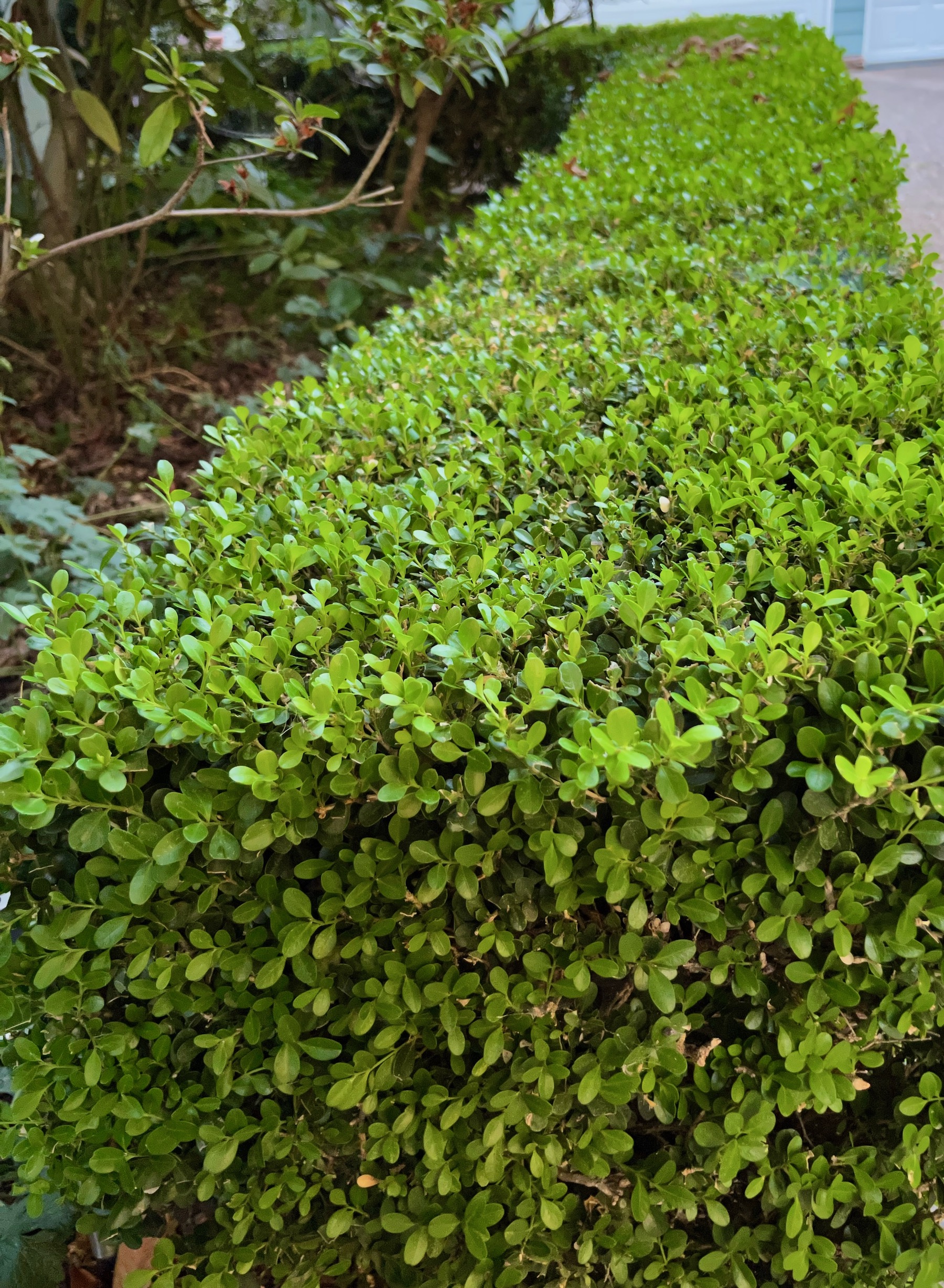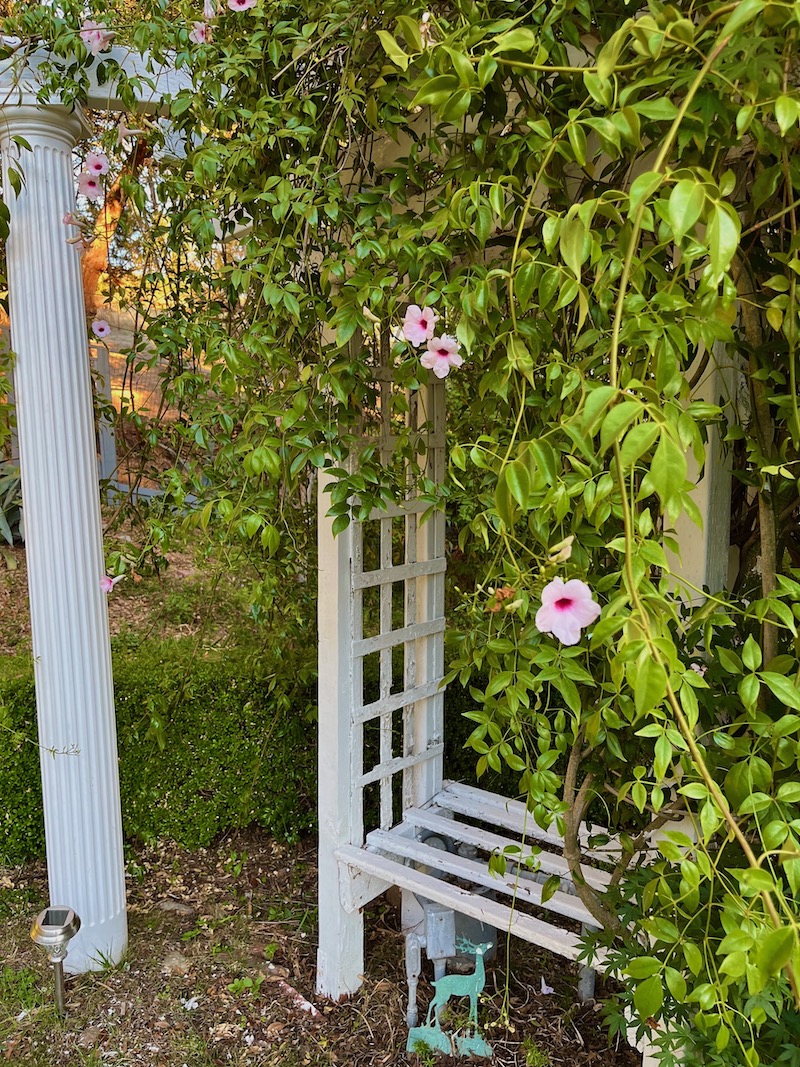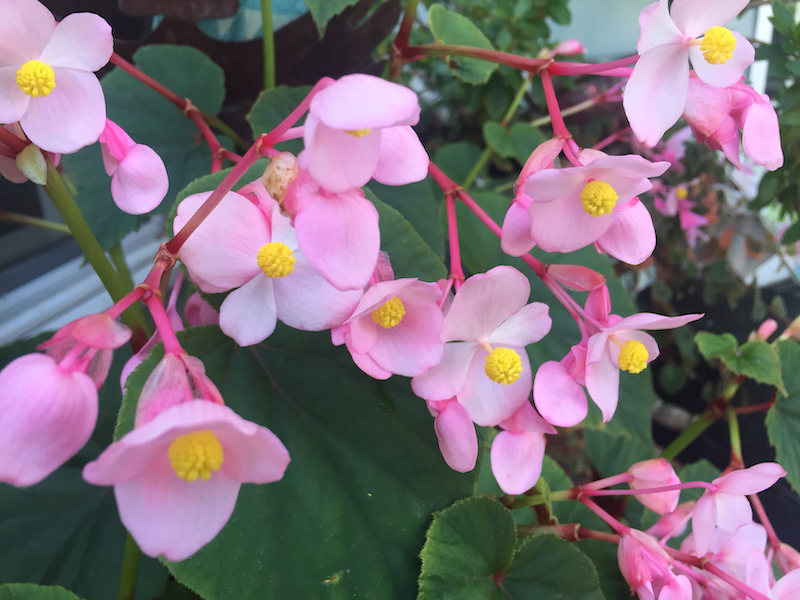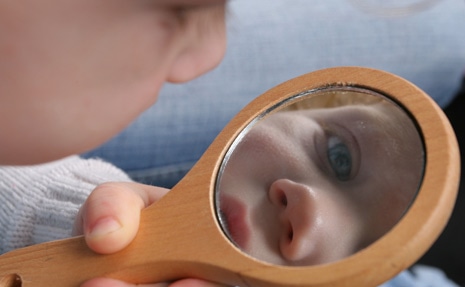“Gardens are not made by sitting in the shade.” Rudyard Kipling
Gardens may not be cultivated while we are sitting in the shade, but on a hot summer day, there is nothing better than sipping an ice-cold lemonade while resting in one of my shadowy gardens.
This year the world has been experiencing the hottest weather on record. In the United Kingdom, July temperatures were as high as 25 degrees Fahrenheit more than normal. According to data from the U.S. Oceanic and Atmospheric Administration, the United States sweltered through 92 of the highest recorded heatwaves while worldwide, records were broken 188 times during this same period. Scorching fires are raging throughout Europe as well as the United States as firefighters battle the blazes and populations evacuate minutes ahead of blistering disasters. The influence of global warming is dire as this rapid climate change portends a hotter future.
As much as I adore the sunshine, it is critical to make room for shade in our landscapes to shield our bodies and our plants from the scorching weather. Although most colorful plants prefer sunshine, we still can create a retreat from the rays that will be beautiful and restorative.
All plants need sunshine to photosynthesize. Most gardens enjoy the sun at certain times and shade at other times. It’s important to watch when that time is for your garden. Any area that does not get direct sunlight may be considered shade. When you read a label and it says, “Plant in full shade”, this means you must plant in an area that gets less than three hours of direct sunlight with only filtered sun the rest of the day. If the label reads “Plant in partial shade”, find a spot where there is more shade than sun. If you plant a specimen that requires full sun, it will not thrive in the shade. “Partial sun” means four to six hours of sunlight.
Most shade-loving plants are understory plants that grow under the forest or jungle canopy. In areas where redwoods provide acidic leaf litter, ferns succeed. Shade-loving plants appreciate rich organic matter. Plants grow more slowly in the shade because the lower amount of light they receive causes photosynthesis to be slower. The good news is that shade plants usually require less water.
Trees are the anchors of any shade garden. They can be evergreen or deciduous adding beauty and privacy to the landscape with interesting bark, flowers, fruit, and potential vibrant fall foliage while blocking the hot sun and keeping our homes cooler. Oak, magnolia, maple, redwood, weeping willow, birch, horse chestnut, pistache, walnut, and many other species are possibilities depending on the size of your site, long-term expectations, soil conditions, height considerations, and watering needs. A tree is an investment in the future that may outlive several generations. Before planting any tree, do your homework while getting input from your family on what the desires and needs for a tree are. For example, do kids want to climb or build a treehouse, do you want to hang a hammock, are you looking for seasonal flowers and fruit, is autumn color essential, are you seeking a privacy screen, is year-round interest important, or are you seeking a tree that accents your home’s theme?
Once you have an established shade area, it’s time to fill it with plants that will not only survive, but thrive in dappled, partial, or full shade.
Here’s a list of groundcovers, shrubs, perennials, herbs, and annuals that fit the requirements. As always, read labels before purchasing to determine necessary growing conditions and size at maturity.
Ajuga
Fern
Hellebore
Heuchera
Golden Creeping Jenny
Pachysandra
Tiarella Foam Flower
Vinca Minor
Hydrangea
Bleeding Heart
Begonia
Dogwood
Impatiens
Astilbe
Coleus
Caladium
Bee Balm
Hosta
Primrose
Foxglove
Aquilegia (columbine)
Arum Italicum
Azalea
Rhododendron
Fuchsia
Daphne
Heavenly Bamboo
Chinese Yew
Boxwood
Abelia
Japanese Pittosporum (mock orange)
Photinia
Tree Peony
Viburnum
Parsley
Chives
Thyme
Lemon Balm
Mint
Lawns: Growing a lawn in the shade is tricky. Fine fescue grasses will sprout in the shade. When installing a lawn make sure the seed mixture states, “for shade”.
Finally, once you have designed your shade shelter, install a bench, swing, hammock, or chair where you can take a breather to cool off during a sweltering afternoon or recuperate from digging deeply. Drink plenty of water, hydrate your plants, and admire your horticultural accomplishments.
Sometimes gardens are made in the shade.
Happy Gardening and Happy Growing!
Photos and more: https://www.lamorindaweekly.com/archive/issue1612/Digging-Deep-with-Goddess-Gardener-Cynthia-Brian-Made-in-the-shade.html
Cynthia Brian, The Goddess Gardener, is available for hire to help you prepare for your spring garden. Raised in the vineyards of Napa County, Cynthia is a New York Times best-selling author, actor, radio personality, speaker, media and writing coach as well as the Founder and Executive Director of Be the Star You Are!® 501 c3. Tune into Cynthia’s StarStyle® Radio Broadcast at www.StarStyleRadio.com.
Buy copies of her books, including, Chicken Soup for the Gardener’s Soul, Growing with the Goddess Gardener, and Be the Star You Are! www.cynthiabrian.com/online-store. Receive a FREE inspirational music DVD and special savings.
Hire Cynthia for writing projects, garden consults, and inspirational lectures.
Cynthia@GoddessGardener.com
#climatechange,#fires,#shade,#trees,#rest,#water, #cynthiabrian,#starstyle,#goddessgardener,#voiceamerica, #gardening


